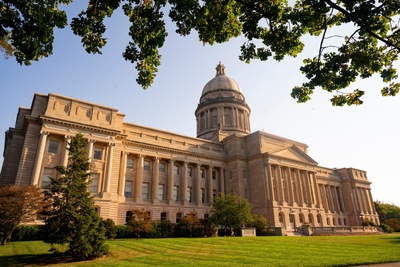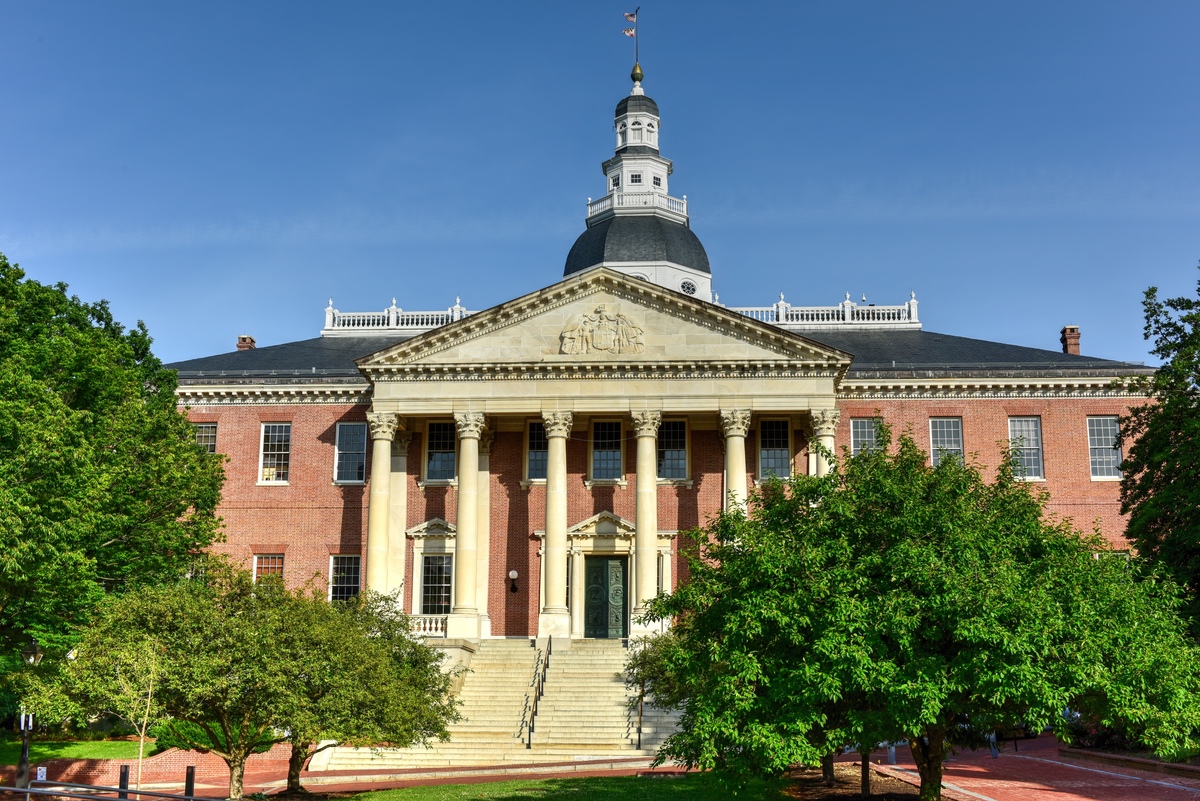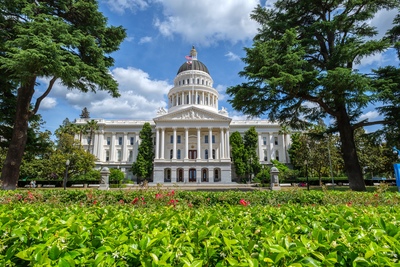
Technology & Privacy
Here's What You Need To Know About Data Center Policy Trends
November 4, 2025 | Morgan Scarboro
October 2, 2025 | Bill Kramer

Key Takeaways:
Last year, we wrote about how data centers are a “policy powerhouse” as the accelerating build-out of warehouse-sized server rooms brings a confluence of policy implications: tax incentives and revenue; energy consumption, generation, and transmission; water usage; semiconductors and artificial intelligence (and their ties to geopolitics), and land and zoning issues.
But that last policy consideration might be the biggest push back at the moment, as the “Not In My Back Yard” (NIMBY) movement has organized against data center construction in populated areas. Northern Virginia is the worldwide leader in data centers, which has brought the state and localities millions in tax revenue. Neighboring Maryland sought to pull some of those data centers across its border by implementing a data center tax incentive program in 2020 and legislation in 2024 to clarify the regulation of backup generators common at the sites. But as the surge in AI development prompts eye-popping investments of hundreds of billions, if not trillions, of dollars into data center construction in the coming years, this once overlooked infrastructure is now drawing public scrutiny.
The NIMBY backlash is not particular to data centers, and the trend of neighbors trying to stop the construction of nearly any nearby structure is a widespread trend in the United States. But the NIMBY ire against data centers has certainly accelerated recently.
Recently, Prince George’s County in Maryland put in place a pause on all data center development in the area while they further study potential impacts on the community. A proposal to turn an abandoned mall into a data center sparked intense objections at local meetings and a 20,000-signature petition to stop the project.
A recent nationwide poll conducted by Heatmap found that only 44% of respondents would welcome a data center near where they live. Surprisingly, the poll found that data centers were less popular than almost any other type of energy project. It’s worth quoting the survey report here: “The American public, according to Heatmap’s polling, is more skeptical of data centers, which, once built, are essentially warehouses, than they are of gas-fired power plants, which emit, besides the greenhouse gases, nitrogen oxide and sulfur dioxide. They oppose data centers more than they do wind farms with their towering turbines and mechanical hums; more than they do battery storage facilities, which can erupt into super-hot fires; or even nuclear power plants, long the go-to reference for “scary energy facility.”
As opponents push away data center construction from populated areas like Virginia and Maryland, the demand for the services these centers provide is only increasing. As a result, more rural areas are now courting data center providers to build in their own communities, particularly out West. And red states, which typically have fewer permitting and zoning hurdles for data center construction, have attracted a growing number of data centers as well (e.g., Arizona, Texas, Nevada, and Georgia).
Beyond general opposition to nearby development, the two biggest complaints against data centers by those living nearby are water and energy consumption. The water issue becomes more important as data centers are getting pushed away from the water-rich East and into the drought-prone West. But on a hopeful note, new data centers are being constructed with upgraded closed-loop liquid cooling systems that can recycle the same water for years, and therefore significantly reduce the data center’s water needs.
This article appeared in our Morning MultiState newsletter on September 23, 2025. For more timely insights like this, be sure to sign up for our Morning MultiState weekly morning tipsheet. We created Morning MultiState with state government affairs professionals in mind — sign up to receive the latest from our experts in your inbox every Tuesday morning. Click here to sign up.

November 4, 2025 | Morgan Scarboro

October 9, 2025 | Bill Kramer

October 8, 2025 | Bill Kramer